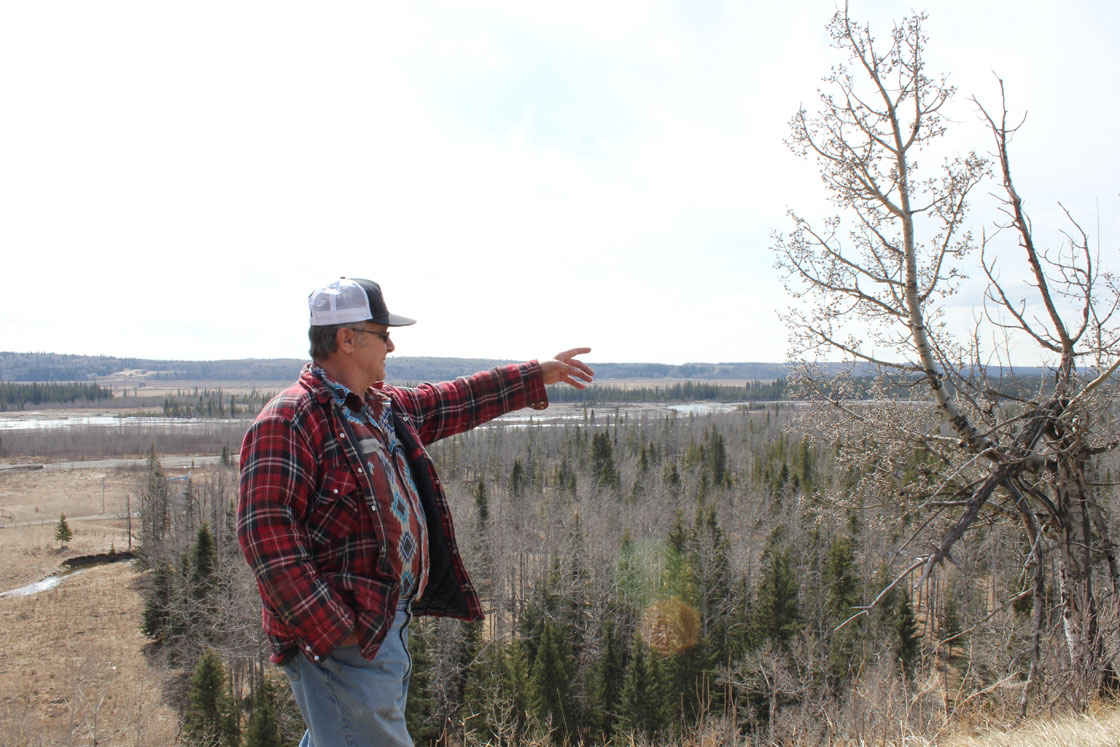RED DEER, Alta. – Charges have been laid against the owner of a pipeline that leaked nearly half a million litres of oil into a central Alberta river.

The Alberta Energy Regulator says Plains Midstream faces a charge under the federal Fisheries Act as well as a provincial charge of failing to report the leak as required by law.
The June 7, 2012, spill from the Rangeland pipeline was discovered when landowners just north of Sundre began phoning in reports of a rotten egg smell, the telltale odour of sour gas or sour oil.
The spill of 461,000-litre spill was soon tracked to Jackson Creek, which flows into the Red Deer River.
‘Dark-coloured crude oil up on the trees’: The Red Deer River spill, one year later
A report by Alberta’s energy watchdog released earlier this year was critical of the company’s actions.
The regulator concluded Plains Midstream didn’t inspect its pipeline often enough and didn’t pay enough attention to government warnings.
It also said the company failed to enact adequate mitigation measures once the leak occurred and communicated poorly with hundreds of people affected by the spill.
The report found that heavy rains had swollen flows to 10 times the normal amount.
The regulator concluded that the heavy flow eroded the riverbed around the pipe and exposed it. The pipeline then experienced a “guillotine failure” at a weld circling the pipe.
Although the report concluded there were no structural problems with the 50-year-old line, the investigation found the frequency of the company’s inspections met neither provincial rules nor its own guidelines.
Plains also failed to take advantage of warnings, the report said.
“Had Plains responded to the government of Alberta’s high streamflow advisory issued prior to the incident, it could have isolated, cleaned and purged the pipeline section, leaving the pipeline in a safe condition.”
In-depth, interactive: Crude Awakening – 37 years of Alberta oil spills
The region where the leak happened was considered pristine wilderness by many and is used by campers, hunters and fishers, though the immediate area around the spill was mostly ranchland.
The community of Sundre was upriver from the spill, but the city of Red Deer was downstream, as was the Gleniffer reservoir, a popular boating and recreational lake.
Booms to catch oil were set up on Gleniffer. The marina and campground were closed and fishing shut down. Drinking water was trucked in for people in 750 recreation lots and permanent homes. Rafting, fishing and guiding businesses were affected.
More than 170 people were at one time cleaning up the spill with lake-surface skimmers and absorbent. Wildlife deterrents were placed along the banks to keep animals away.
Read more: What it’s like to have oil running through your backyard
Still, people reported oil pooling along the highly braided river margins or mixing with silt and sediments. Oil also collected in protected spots such as the Butcher Creek Natural Area.
The regulator ordered Plains to update its emergency response and communications plans. It also had to submit a proposal detailing how the company would prevent future regulatory non-compliance.
In a statement responding to the report, the company said it was working to meet its requirements.
“Plains has worked diligently to fulfil our commitment to clean up the release and mitigate impacts as a result of the incident,” the company said at the time. “Plains has taken significant steps since the incident to reduce the potential for further incidents to occur.”
The section of pipe that failed has since been abandoned.

Comments